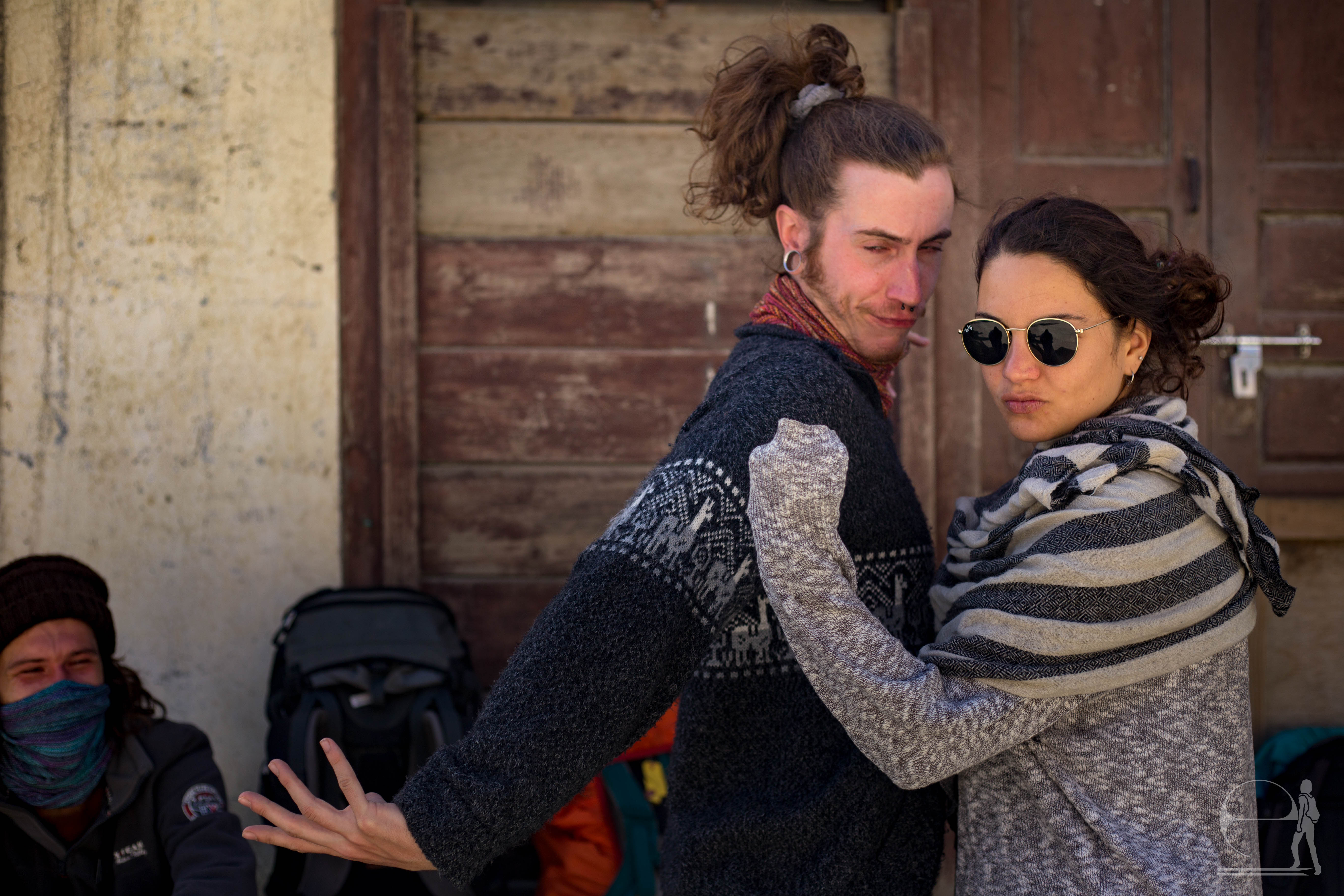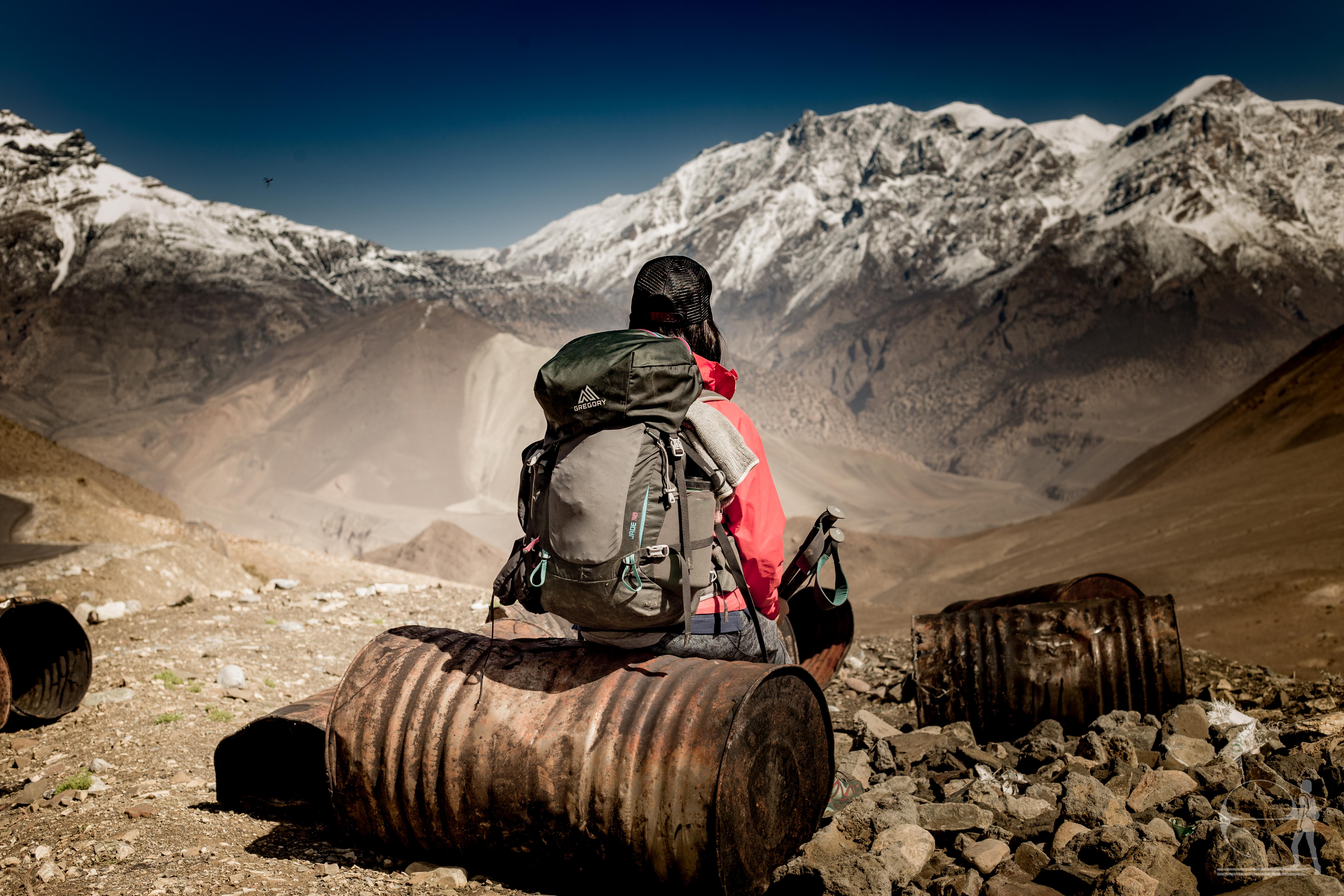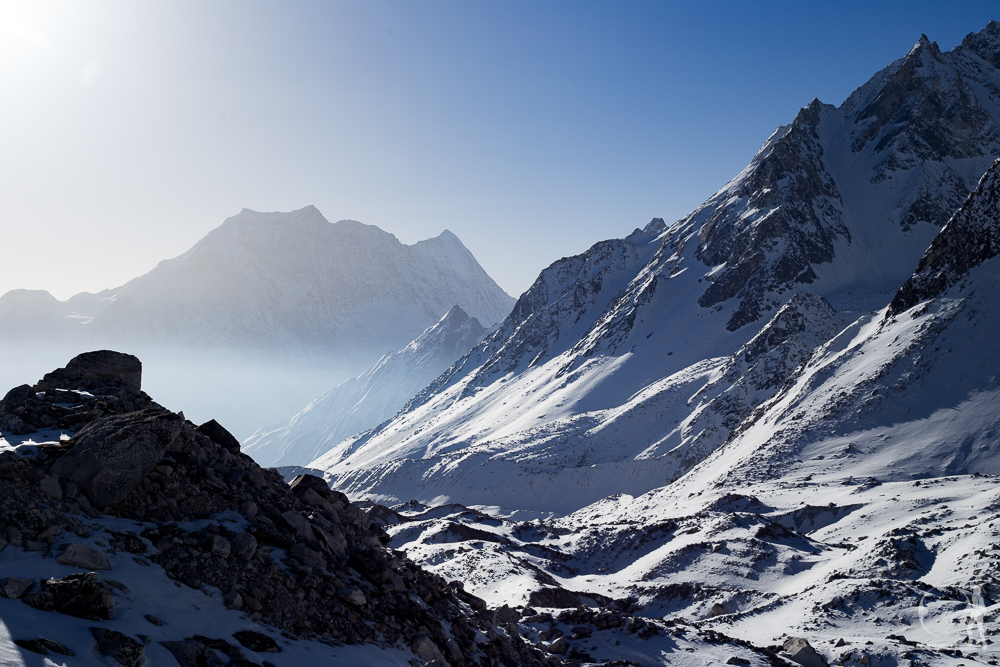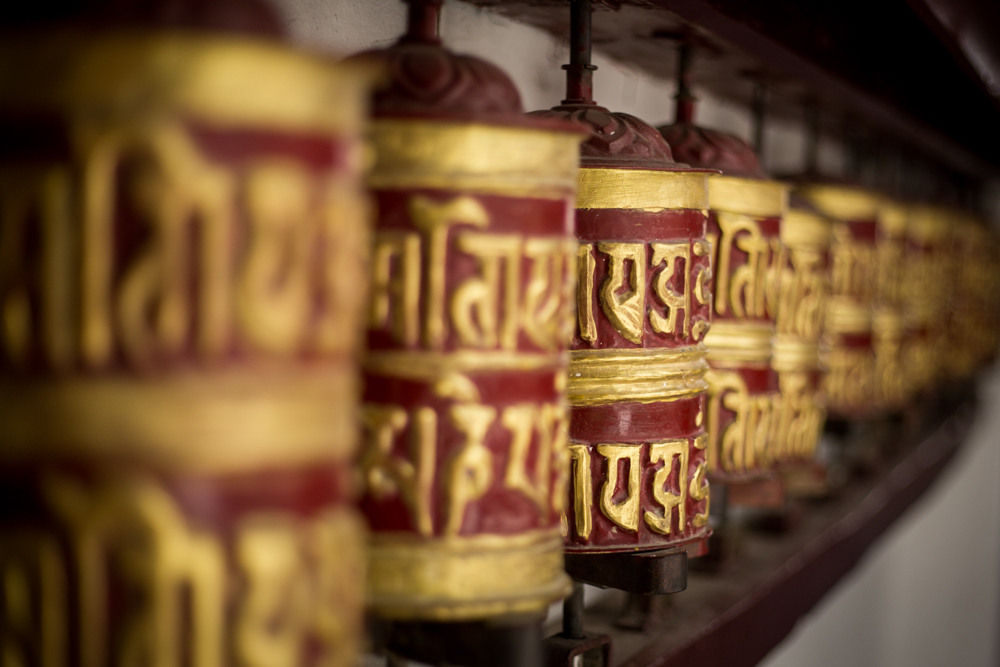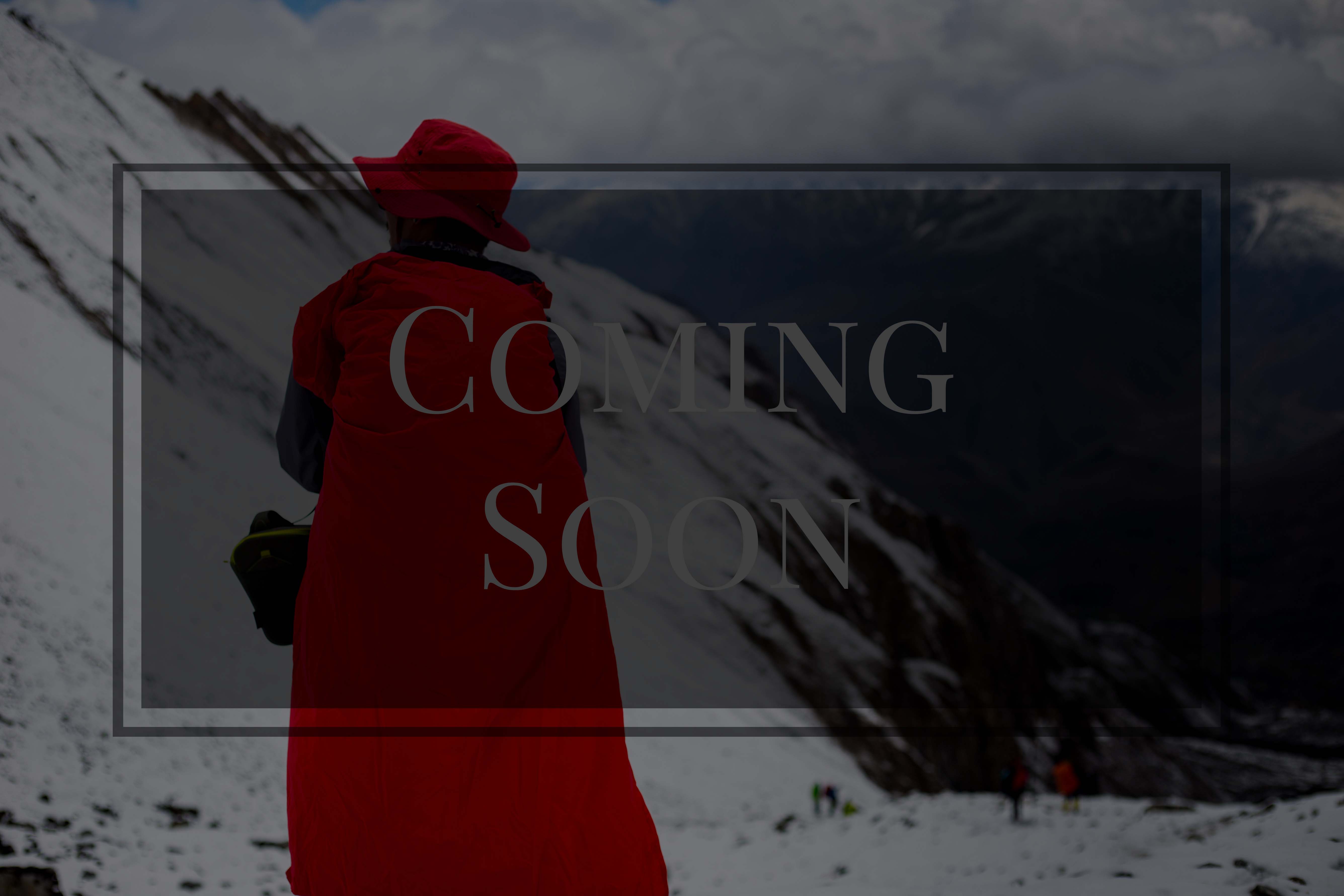/ The Himalayas are Calling
2. I don’t have time

I get it, vacation days are in short supply and there’s all those obligatory family visits around the holidays. Also, trekking season doesn’t exactly align with school vacation days: peak trekking season is from September to mid-November, with a second peak season from late-March to the end of May.
So, what to do? There are two factors here: timing and time.
Take time off outside of the holiday season.
For those of us in the workforce, it’s actually a good thing peak trekking season doesn’t fall in the usual summer and winter holiday seasons. This means you’ll work when all your colleagues are taking off for their summer getaways, and it might be easier to take days off when the majority of your colleagues are back in the office in September or March.
I did this for my first trek in mid-March through early April. Since no one else in my team had taken vacation during this time, it was easier to spread around my workload and find cover.
Trek during the off-season or shoulder seasons.
But what if you can’t get time off during peak season? For instance, student schedules rarely sync with peak trekking season. You’ll be glad to hear it is possible to trek during the off-season. I’ve trekked in the beginning of monsoon season and plan on trekking this year during the winter off-season.
Rain and cold will make the treks a bit less comfortable than peak season trekking, but you avoid the crowds and truly get to connect with the locals. If you plan on going during off-season, I recommend taking a guide as they can help you find guesthouses which remain open during the off-seasons well as plan your trek to accommodate the heavy afternoon rains.
Find a trek which fits your time frame.
Fortunately, just as treks vary in difficulty as we discussed above, treks also vary in duration.
Some treks, like Mardi Himal, Ghorepani/Poon Hill, and Nagarkot can be as short as 3-4 days and still pack in beautiful mountain views. Other treks like the Annapurna Circuit can be modified to be shorter.
While the Annapurna Circuit is traditionally an 18 day trek, the road now leads much farther in. You can cut this trek as short as 4 days, though this is not recommended, since your starting elevation will be 3500m and your body will not have time to acclimate to the altitude. However, a 7-8 day trek is possible to do safely.
Check out the durations of some popular treks in Nepal.
Verdict: With a bit of creativity, you can fit a trek into your schedule.
With 3-4 day treks, you can easily fit your Nepal adventure into one week of vacation time. If you can’t make the peak trekking seasons, you can still enjoy trekking during the off-season or shoulder seasons.

